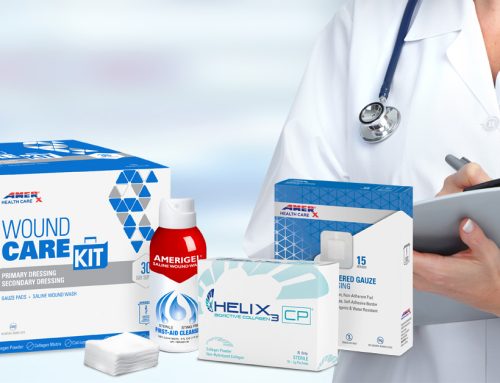Why It Is Wrong
The use of an “unspecified” ICD-10-CM code normally indicates that the documentation did not contain the information that was necessary to select the appropriate specific code.
Example
ICD-10-CM coding for a diabetic foot ulcer requires multiple ICD-10-CM codes. One of them is an L97- code. The 6th character of the L97- ICD-10-CM codes indicates the depth of the ulcer. If a patient had a left plantar heel diabetic foot ulcer whose deepest depth of tissue exposed was subcutaneous tissue, the L97- code options would include:
- L97.421 Non-pressure chronic ulcer of left heel and midfoot limited to breakdown of skin
- L97.422 Non-pressure chronic ulcer of left heel and midfoot with fat layer exposed
- L97.423 Non-pressure chronic ulcer of left heel and midfoot with necrosis of muscle
- L97.424 Non-pressure chronic ulcer of left heel and midfoot with necrosis of bone
- L97.425 Non-pressure chronic ulcer of left heel and midfoot with muscle involvement without evidence of necrosis
- L97.426 Non-pressure chronic ulcer of left heel and midfoot with bone involvement without evidence of necrosis
- L97.428 Non-pressure chronic ulcer of left heel and midfoot with other specified severity
- L97.429 Non-pressure chronic ulcer of left heel and midfoot with unspecified severity
If the documentation of this ulcer were thoroughly and properly performed, it would describe that the deepest depth of tissue exposed was subcutaneous tissue. However, a selection of L97.429 would indicate that the documentation was incomplete and did not specify the severity of the ulcer, when in fact it did specify that the deepest depth of tissue exposed was subcutaneous tissue. We cannot state in our coding that something was not specified in the documentation when that thing actually was specified in the documentation. This is an example of the ICD-10 coding not matching the documentation. The more appropriate selection in this example would be L97.422, reflecting the thorough documentation that did in fact, specify the depth of the ulcer.
The Problem
Incorrect ICD-10-CM coding can be problematic in the case of an audit performed by a third-party payer or representative. If the documentation specified what it should, but the ICD-10-CM code selected indicates this specification was not present, a case for incorrect coding could be made. Furthermore, more third-party payers are denying payment for services submitted with “unspecified” ICD-10 codes.
Conclusion
Avoid the use of “unspecified” ICD-10-CM codes. When caring for wounds, always document laterality, body part involved, and wound depth and choose corresponding ICD-10-CM codes that specify laterality, body part involved and wound depth.

Dr. Jeffrey D. Lehrman, DPM, FASPS, MAPWCA, CPC, CPMA
Dr. Lehrman is a podiatrist practicing in Fort Collins, CO and operates Lehrman Consulting, LLC which provides consultation services regarding coding, compliance and documentation. Dr. Lehrman is a Certified Professional Coder and Certified Professional Medical Auditor. He serves as a staff liaison at the AMA CPT® Editorial Panel meetings where CPT codes are created, edited, and deleted. He is a Diplomate of the American Board of Foot and Ankle Surgery, Fellow of the American Society of Podiatric Surgeons, and is recognized as a “Master” by the American Professional Wound Care Association. Dr Lehrman is a Fellow of the American Academy of Podiatric Practice Management, Past Director of the American Professional Wound Care Association Board of Directors, and is a Past Chairman of the Board of the American Society of Podiatric Surgeons. Dr. Lehrman is also on the editorial advisory board of the journal WOUNDS.





